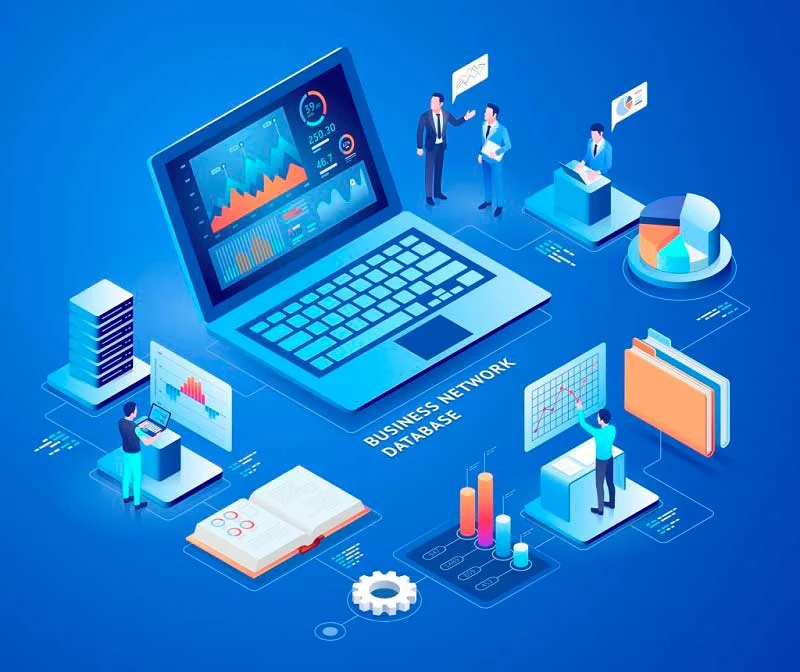A hybrid integration platform brings these techniques collectively, facilitating the transfer of data, whereas resolving challenges such as scalability, data exposure, and unauthorized entry. Personalized buyer experiences, fast and safe information switch throughout on-premises and multiple clouds, fast reaction to market adjustments — these are simply a few of the benefits the IBM platform provides hybrid integration solutions. Based on the examine by Research and Markets, spending on hybrid integration platforms is expected to develop from $17.14 billion in 2017 to $33.6 billion in 2022, which is a CAGR of 14.4%. That means your provider wants to offer you high quality support befitting a valued purchaser in the event that they wish to be value considering. All hybrid integration platforms are different, and each one comes with its execs and cons.
World Integration Platform As A Service (ipaas) Market [2023-2030] Progress, Dimension, Demand, Tendencies, Insights
As customer preferences evolve, HIPs allow them to connect with customers throughout channels, units, and services, creating a seamless journey. Hybrid integration providers’ expertise in legacy system integration is invaluable for legacy system modernization. Legacy system modernization can considerably prolong the lifecycle of the application. Hybrid integrations can even make sure that information sharing can be facilitated by utilizing these systems from the “old world” that wouldn’t be potential in any other case. A hybrid integration platform supplies organizations with all the mandatory instruments to help a variety of hybrid integration eventualities and make information integration between on-premise and cloud environments simpler and easier.
Why Do You Need A Hybrid Integration Platform?
This enhanced data analysis informs critical enterprise decisions, resulting in optimized routes, lowered fuel consumption, and improved operational efficiency. With hybrid cloud integration, monitoring and administration is standardized throughout all platforms. Administration is simplified for builders and architects, with a centralized model in place for the whole operation.
Hybrid Integrations: Legacy System Integration Vs Api
Hybrid Integration presents a middleware service layer between these two purposes, thereby allowing systems from two different generations to talk to one another. Enterprise information integration includes data integration and application-to-application integration. IPaas can create an surroundings for easier communication between stakeholders with real-time information, and its format can be reworked as their system can perceive. Hybrid Integration Platforms (HIP) have revolutionized the greatest way companies strategy integration, providing a plethora of use circumstances that improve operational efficiency, agility, and innovation.

Hidden Dangers: The Price Of Postponing Your Legacy System Overhaul
This shift will enable you to build highly scalable and cost-efficient integrations, the place sources are dynamically allotted based on event triggers rather than being continuously provisioned. This development shall be notably valuable for corporations needing to deal with fluctuating workloads or large-scale data processing in real-time. The following are the top 5 integration situations that enterprises should contemplate while selecting a hybrid integration platform or constructing their integration methods. Hybrid Integration Platforms supply a strong and versatile solution for modern enterprises, allowing them to overcome today’s integration challenges and adapt rapidly to new alternatives. With improved enterprise agility, flexibility, safety, and collaboration, HIPs are reworking the greatest way organizations manage their IT landscape and drive digital transformation.
The Means Forward For Hybrid Integration Platform

The greatest HIPs will equip your citizen integrators with the ability to rapidly implement bi-directional knowledge integration connections even throughout company boundaries. The IT environment of modern enterprises has greatly expanded and consists of quite a lot of companies similar to IoT options, cell apps, SaaS platforms, social and inner networks, content material administration techniques and more. Currently, an HIP is the necessary thing component of doing enterprise, as it is the most effective mechanism to hyperlink all of these companies and build a single workable system. As talked about at the start of this weblog, some iPaaS vendors concentrate on cloud-to-cloud integrations, whereas different iPaaS options like the Alumio iPaaS provide hybrid integration capabilities. The legacy systems that companies seek to integrate with cloud options, primarily entail ERP methods like SAP and Microsoft Dynamics 365.

At its core, a HIP is an evolution of conventional enterprise integration patterns tailor-made for contemporary hybrid IT environments. It combines the capabilities of legacy on-premises integration tools with cloud-native applied sciences to make sure frictionless connectivity between your systems and enterprise functions regardless where your knowledge is hosted. With robust integration methods in place, enterprises can feed their development, innovation, and success on APIs, with out having to make further funding in IT infrastructure and resources. These methods encompass connecting various environments, supporting the sleek transition to cloud, and permitting businesses to innovate whereas sustaining operational continuity. Hybrid Integration Platforms allow businesses to reply rapidly to altering market conditions and buyer calls for by providing the flexibility to integrate new systems, functions, and knowledge sources rapidly. With seamless integration capabilities, corporations can innovate, enhance their choices, and shortly seize emerging market alternatives.
- When evaluating hybrid integration platforms, listed under are the most important capabilities you need to look to judge.
- These forms of solutions handle APIs, but their integration tooling provides middleware.
- Prepare for the discussions to current your integration instances and challenges clearly so the vendor can suggest the best way to go about it and what would it value.
- Hybrid integration platforms and integration methods help coexistence of all methods, enabling the agility and resilience central to the well being of the business.
- Now you’ve outlined the hybrid method you wish to take and thought of alternate options to your plans, it’s time to gauge the hybrid cloud infrastructure options at your disposal.
One area the place you’ll need to look for this support is during the onboarding process. You have to know you’ll be onboarded rapidly and easily and given everything you need to succeed together with your new device. This scalability is extremely engaging to large-scale enterprises that see plenty of fluctuation in worker numbers all through the year—especially ones that wish to increase. In the starting stage, you have to evaluate a quantity of essential criteria, such as your existing integration standpoint.
Additionally, Adeptia can provide hybrid integration capabilities to your corporation as managed companies. Ever since the emergence of cloud know-how, mobility, IoT, and APIs, companies have sought to speed up digital transformation initiatives through system integrations. Connecting business-critical applications (both internally and externally) and enabling seamless real-time information sharing are essential business goals. The “integration Platform as a Service”(iPaaS) and hybrid integration solutions are two key approaches that came about to attach enterprise techniques, applications, and data sources with the most recent digital expertise. An iPaaS is a low-code or no-code cloud-based “integration Platform as a Service”. It’s an API-driven resolution that gives a user-friendly, net interface to create, manage, and monitor connections between two or multiple methods, cloud apps, SaaS options, and data sources.
And, as firms look to expertise choices for streamlined integration, hybrid integration platforms (HIP) are becoming extra prevalent. We are used to the integration time period, which refers to the process that connects and syncs data between business functions. It’s a solution that bridges the gap between legacy systems and modern purposes, empowering organizations to thrive within the digital period. In this article, let’s discover its definition, roles, use instances, and high suppliers.
Just like that, you’re able to accommodate and run as many workloads as you should. Modern integration platforms have to help the changing velocities of knowledge regardless of the size of the info, whether batch or streaming knowledge. IPaaS options permit for faster knowledge integration, continual upgrades without downtime, and are able to course of data no matter measurement or velocity. The capacity to integrate functions and IT systems whenever potential helps these businesses run their operations extra effectively. However, integrating these techniques and purposes in a complex digital ecosystem often requires unique instruments, techniques, and solutions.
Alternatively, on-premises systems are easily modified to suit the precise wants of the group. A hybrid integration platform is a tool that helps firms modernize in place or transition from older on-premises technology to modern cloud-based options. It’s designed to help businesses throughout their journey, guaranteeing the switch happens easily and with out making a negative impression on business operations.

No comment yet, add your voice below!